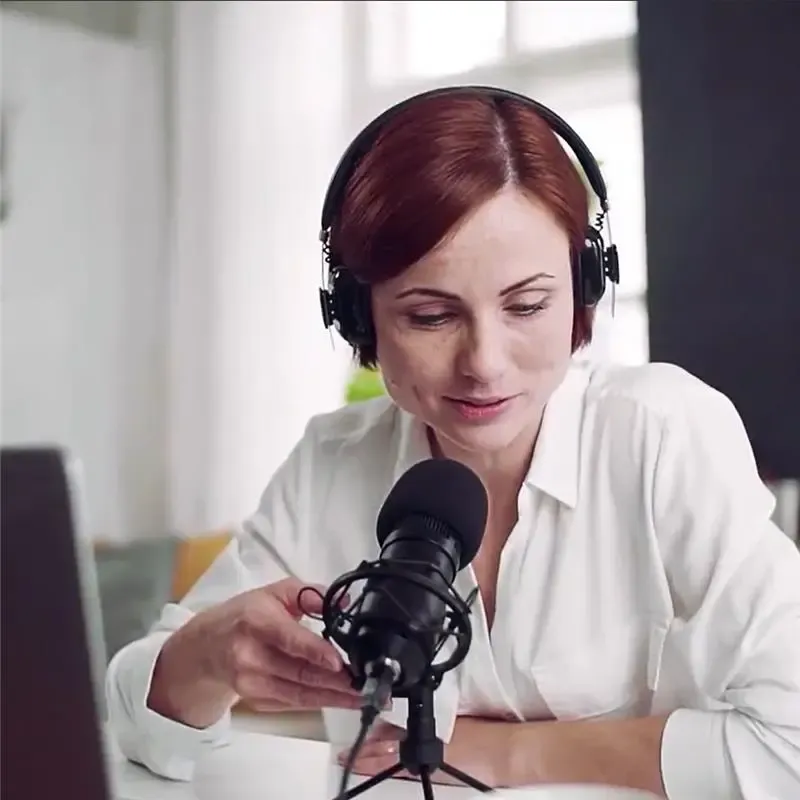MIL in Teaching
In medicine, the ability to assess information is of paramount importance. Inaccurate information can lead to adverse consequences. However, how are students to evaluate a video on social media that disseminates health myths, or an illustration purported to be a medical image but generated by AI?

Traditional source criticism focuses on text, but the multimodal approach requires adaptation. We must teach our students not only to verify facts but also to analyse the underlying rhetoric and emotional impact of images, audio, and video.
Who? This pertains not only to the sender but also to the disseminator of the information. Does a video or podcast originate from a reputable research institution, a private individual, or an influencer?
What? This involves going beyond distinguishing facts from opinions. Is it an animated illustration, an authentic patient video, or an AI-generated simulation? What is the creator's purpose?
Why? This question concerns the hidden agenda. Is the aim to inform, to sell a product, or to propagate a particular ideology?
When? Verify when an image or audio clip was created. Is an old image from a study being used to illustrate a new, erroneous claim?
How? Encourage students to reflect on how they encountered the information. Did they actively search for it, or did it appear in an algorithmically curated feed?
Media and Information Literacy (MIL) should be integrated throughout the entire educational programme. Student-centered learning and team-based learning (TBL) form part of KI's pedagogical foundation. In these approaches, the student is active and co-creator of their own learning, which necessitates that students possess the tools to independently search for, evaluate, and utilize information. It is also beneficial for instructors to employ various types of media to communicate the knowledge they wish to convey.
By integrating MIL into teaching, we equip students to think critically and become responsible media users. The opportunities afforded by digitalization to share and disseminate information also provide new possibilities for students to identify alternative knowledge sources, where the instructor does not necessarily provide all course materials. From a student-centered perspective, the capacity for critical engagement is essential.
Tips for Planning Your Teaching
- Consider your choice of medium. Which type of medium best supports student learning?
- When students are tasked with searching for information independently, it is beneficial to problematize and pose reflective questions.
- Source trust is at least as important as source criticism! Which authorities and sources in the field are credible?
- Reflect on your own role as an authority and the sources you employ.
- Offer students various formats for knowledge acquisition through articles, recorded lectures, etc.
- Have students present assignments using images and audio to practice how media messages are constructed. Discuss how students can use material from other sources in an ethically and legally appropriate manner.
